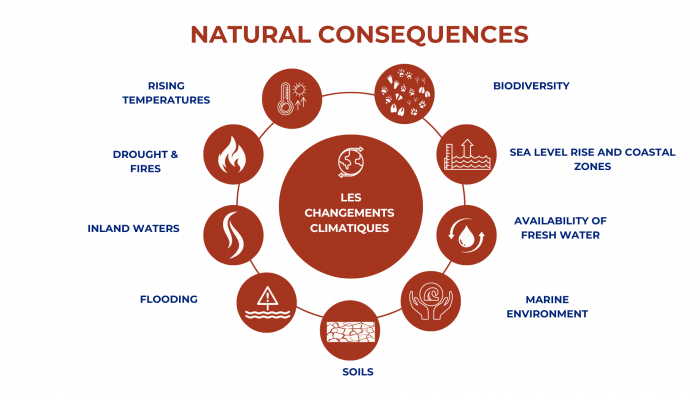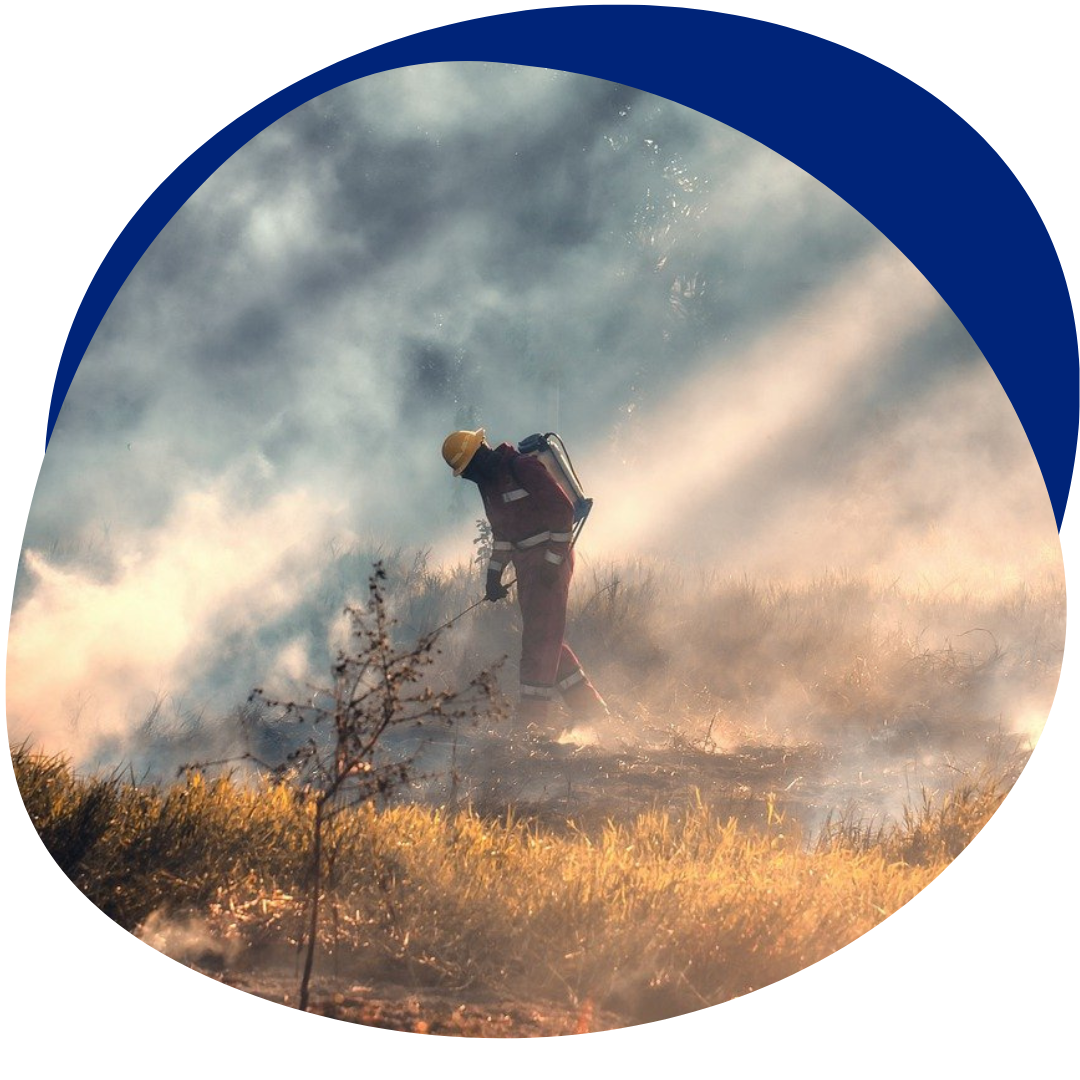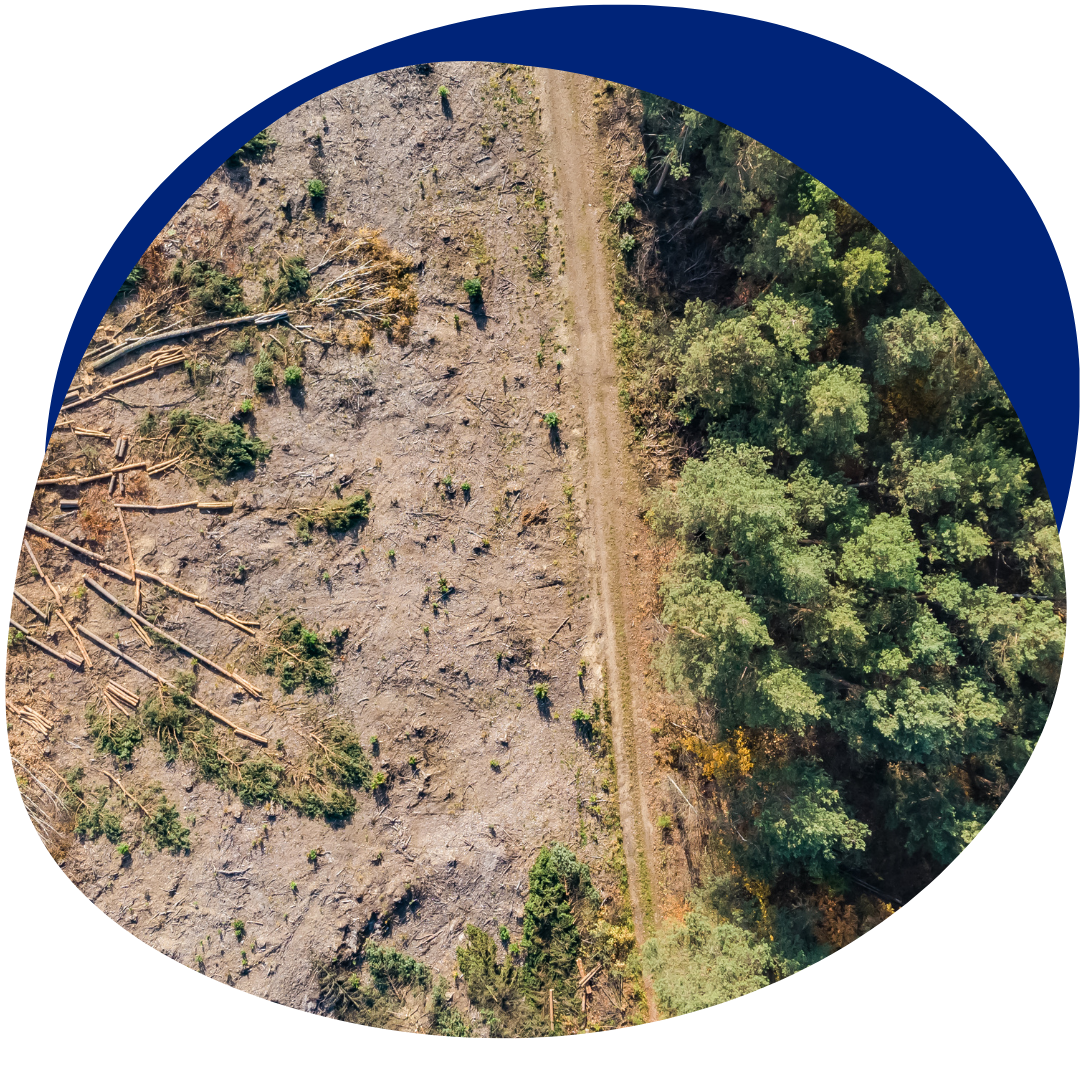The new challenges and impacts of climate change on the world of work
As part of Quality of Life at Work Week 2024, we decided to take a look at climate change.
Today, climate change is at the heart of the news and the issues of the future; on whatever scale, it is disrupting our lifestyles and raising concerns about the future. But what about its impact on the workplace and quality of life at work?
In this article, we explore the climate dimension and its repercussions on the world of work, and discover the changes in the workplace that lie ahead.
Climate change: definition, causes and consequences.
Climate change is defined by INSEE as the variation in climate due to natural or human factors.
Fossil fuels, linked to human activity, are by far the biggest contributors to global climate change, responsible for over 75% of global emissions of greenhouse gases, which envelop the Earth and trap the sun’s heat. In addition to fossil fuel combustion (energy production, industry), other activities increase greenhouse gases and lead to climate change:
- Deforestation
- Increased livestock farming
- Over-consumption
- ….
Climate change affects every region of the world and has an impact on many aspects of our lives. Here are the main natural consequences:

Linked to these natural consequences, these climatic phenomena constitute a social, territorial and economic threat to societies.
Climate change: what impact will it have on the world of work?
As we have seen, climate change is now visible and is having repercussions on both biodiversity and human beings. In the world of work, climate change affects – to varying degrees – all workers.
An increase in occupational risks
Rising temperatures, the main nuisance
The steady rise in “seasonal normals” is the main factor in the occupational risks associated with climate change.
According to the French National Institute for Research and Safety (INRS), heat-related occupational hazards appear from 28°C for work requiring physical activity, and from 30°C for sedentary work.
As heat waves increase in intensity, workers may be confronted with physiological effects such as cramps, dehydration or malaise. There are also significant neuropsychological effects:
- Decreased concentration
- Disturbed balance
- Nervousness and mood swings
- Increased reaction time
… leading to a drop in the worker’s vigilance.
These impacts hamper the performance of both complex and routine tasks, and can therefore become sources of tension in the working environment.
High temperatures also have an impact on the working environment: for example, in an industrial environment, machinery and infrastructure are less reliable and vulnerable, increasing the risk of accidents in the workplace.
Modification of climatic hazards
Climatic phenomena are changing environments and geographical areas: extreme drought, forest fires, rising waters and floods, etc. These climatic hazards require the immediate intervention of certain professions (rescue teams, teams restoring the various water, energy or road networks).
The increase in their frequency can generate greater physical and psychological risks for these front-line workers. But employees working in these areas are also exposed to physical risks, and their working situation may be made more vulnerable (evacuation of staff, temporary closure of the company, cessation of activity, etc.).

Trends in biological and chemical risks
We are also seeing an increase in exposure to biological and chemical risks.
- Biological risks: immuno-allergic, infectious or toxic
- Chemical risks: flammable/explosive products, heat-sensitive products, etc.
Climate change will modify the distribution zones of vectors and/or encourage the installation of new vectors, leading to changes in the risks associated with biological agents (infectious diseases, pollen, ragweed, etc.), particularly for people working in natural environments or in contact with people and animals.
Chemical risks, meanwhile, will continue to evolve and require more in-depth analysis.
Increased psychosocial risks
These climatic changes are bound to have an impact on workers’ mental health: the influence of hazards is leading to an increase in psychosocial risks (PSR) for employees, who are faced with changing working conditions and environments.
PSR = According to the WHO, risks to mental, physical and social health, caused by exposure to conditions of employment, organisational and relational factors in the workplace likely to interact with mental functioning.
These include:
- Poor working conditions;
- Changes in working hours and a work-life imbalance
- Increased irritability and tension in the workplace
- Increasing socio-economic insecurity in occupations exposed to climate change

Occupations more exposed to climate change
In addition to the occupational risks for employees, climate change has an economic impact on all businesses. Some professions and sectors of activity are more affected than others, such as :
- Agriculture, forestry and viticulture
- Fishing
- Tourism
- Insurance
- The energy sector
- ….
Climate change: What future for tomorrow’s world of work?
Faced with these challenges, climate change needs to be seen as a sustainable lever for action, and businesses need to get involved. As a result, a wide range of actions can be envisaged:
- Anticipating the effects of climate change in the short and medium term
- Supporting the workforce concerned in making environmentally-friendly production changes
- Continuing the efforts already made by certain professional bodies to incorporate the effects of climate change on health into risk prevention measures
- Train employees and raise their awareness:
- Promote awareness of the health effects of climate change through information and training;
- Integrate the environmental dimension into employee skills development.
This non-exhaustive list of actions can help prepare employees and the life of a company’s organisation for a changing working environment. Adaptation, resilience and prevention in the face of climate change are now the key to tomorrow’s future…
SOURCES :
ANSES – Évaluation des risques induits par le changement climatique sur la santé des travailleurs : https://www.anses.fr/fr/system/files/AP2013SA0216Ra.pdf
ANSES – Effets du changement climatique en milieu de travail : des risques professionnels augmentés et une mobilisation du monde du travail indispensable : https://www.anses.fr/fr/content/effets-du-changement-climatique-en-milieu-de-travail-des-risques-professionnels-augment%C3%A9s-et
COMMISSION EUROPÉENNE – Conséquences du changement climatiques : https://climate.ec.europa.eu/climate-change/consequences-climate-change_fr
FRANCE STRATEGIE – Le travail à l’épreuve du changement climatique : https://www.strategie.gouv.fr/sites/strategie.gouv.fr/files/atoms/files/fs-2023-na123-adaptation_changement_climatique-juin_2.pdf
INSEE – Définition Changement Climatique : https://www.insee.fr/fr/metadonnees/definition/c2203#:~:text=Variation%20du%20climat%20due%20%C3%A0%20des%20facteurs%20naturels%20ou%20humains.
WWF – Causes du réchauffement climatique : https://agir.wwf.fr/urgence-climat/causes/
